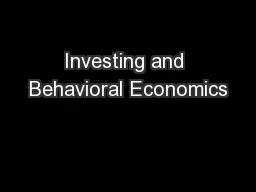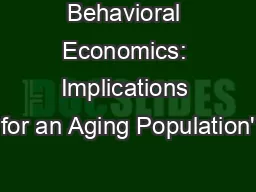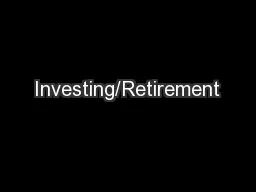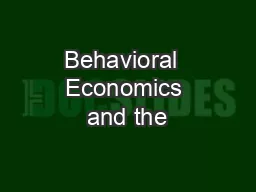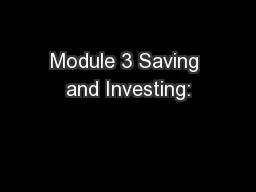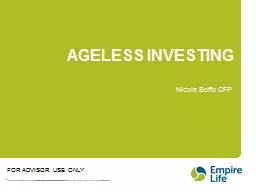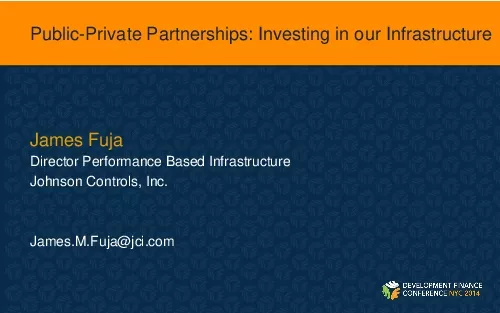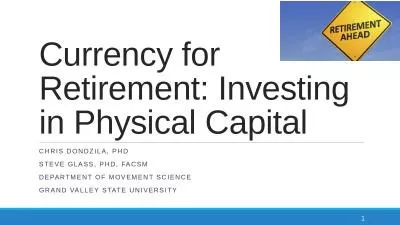PPT-Investing and Behavioral Economics
Author : alexa-scheidler | Published Date : 2017-05-09
Swarn Chatterjee Department of Financial Planning Housing amp Consumer Economics University of Georgia Topics for todays discussion Financial Capability Behavioral
Presentation Embed Code
Download Presentation
Download Presentation The PPT/PDF document "Investing and Behavioral Economics" is the property of its rightful owner. Permission is granted to download and print the materials on this website for personal, non-commercial use only, and to display it on your personal computer provided you do not modify the materials and that you retain all copyright notices contained in the materials. By downloading content from our website, you accept the terms of this agreement.
Investing and Behavioral Economics: Transcript
Download Rules Of Document
"Investing and Behavioral Economics"The content belongs to its owner. You may download and print it for personal use, without modification, and keep all copyright notices. By downloading, you agree to these terms.
Related Documents

